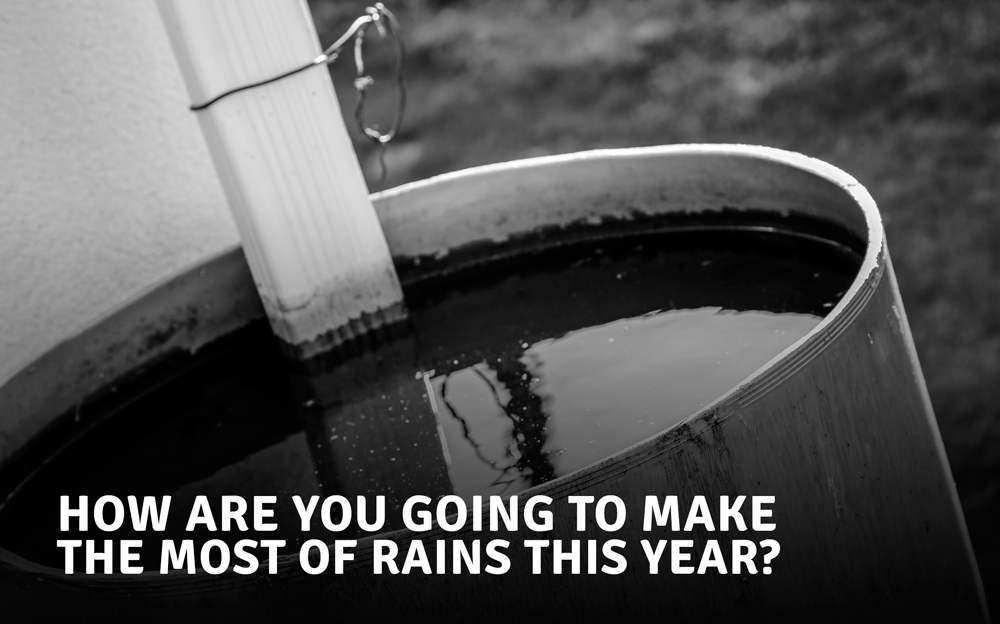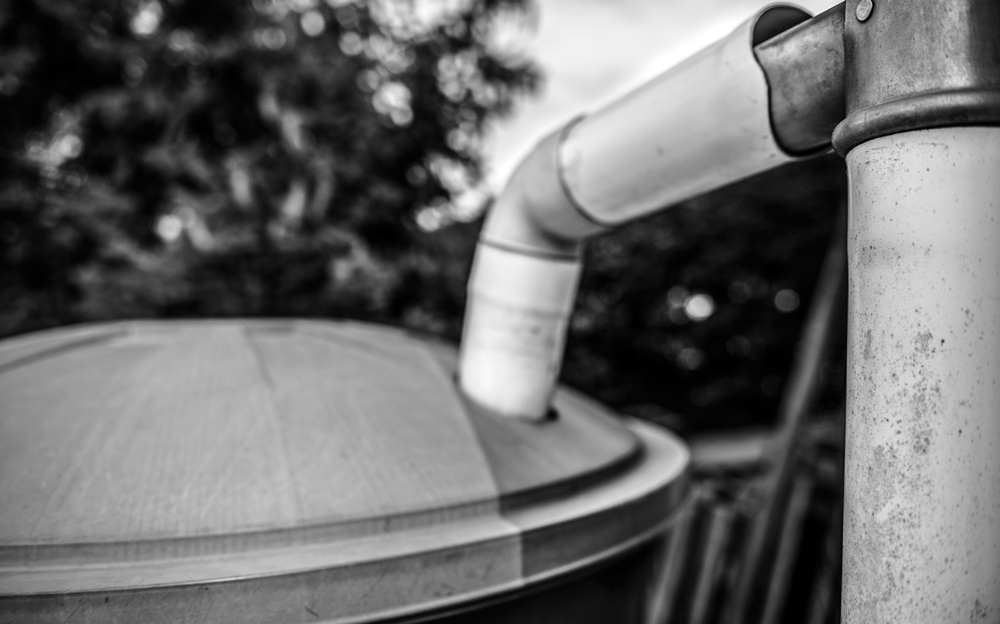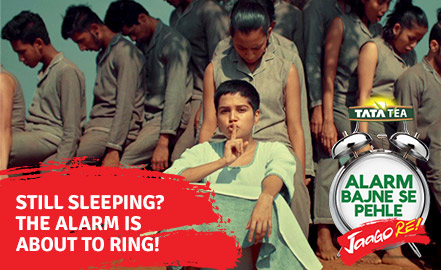Rainwater Harvesting - A practice that India cannot overlook anymore

Indian cities are in the danger of going thirsty. Considering last year’s public unrest over Cauvery water in Karnataka and Tamil Nadu, one thing that stands out is our sheer unwillingness to adopt even the simplest measures to recycle water. Our dependency on water supplied from rivers has put us on a ticking clock. The question is, can Rainwater Harvesting (RWH) solve this issue? To answer this, we spoke to Mr. AR Shivakumar, who believes RWH is the need of the hour.
Mr. Shivakumar has been working towards sustainable management and renewable energy for the last 36 years, and has been championing Rain Water Harvesting in the city of Bengaluru. In his conversation with Jaago Re, he sketches out the situation of water scarcity, and the role of RWH in helping India win its battle for water.
The shift in our way of using water
We were a society where water was an individual responsibility. Every family collected water daily for its own usage, and there was no chance of water wastage. Eventually, with the cities coming into the picture, our water system got centralised, and water became the ‘problem of the authorities’. It was now up to the government to bring water to the cities from far flung areas. We started using water indiscriminately at the cost of environmental degradation. Slowly, our lakes and water bodies dried up and levels of groundwater table went too low.
The Situation now
The water supplied to the cities are usually pumped from water sources at much lower altitudes than the cities. This is a costly affair, both in terms of infrastructure and resources required, not to mention the impact on the environment due to requirement of dams and redirecting of water sources.
Even when the cities get water, it is supplied only to a particular section of the society. This means that a large section does not get access to clean water, and the section that does get water, uses it indiscriminately.The rest of the city is dependent on an already deplenished groundwater table. This increased pressure will slowly kill whatever greenery we have left in the city, and further add to making our cities un-liveable.
Right now the sewage system in Bengaluru flows because household get water at 98 litres per capita to flush out the waste. However, the rate at which we are wasting water, we will soon not have enough water to flush. Once the flow of water goes below 85 litres per capita, the sewage will stop flowing, clogging our drains and sewage system.
Available Resources

Many major cities in India have become water scarce regions, where the demand is much more than supply. While conducting his research on finding ways to solve Bengaluru’s water woes, Mr. Shivakumar found that the city receives an annual rainfall of 1000 ml. The quantity of water that can be collected in an average housing plot of 2400 sq.ft. is more than 2.3 Lakh litres, while the water required for a regular household is around 1.8 lakh litres. Bengaluru actually receives way more water than it can use, and still no one thinks of harvesting this water for future! If people in Bengaluru woke up before the alarm, they can very well generate their own water, and also help replenish the groundwater table.
The Solution - RWH and reusing water
Mr. Shivakumar did not just research the solutions, he decided to follow through with practice. According to IMD data, Bengaluru receives good rainfall throughout the year, with an average gap of 90-100 days in between, during which a household requires 40,000 litres of water. He built two underground tanks to collect water that can be used for non-drinking and cooking purposes, and an overhead tank with a filter, to collect drinking water.
Rainwater harvesting, according to Mr. Shivakumar, is easy, cost effective, and the most critical need for our cities today. He also built an innovative water filter called the Pop-up filter, which is quite cheap and eco-friendly. He has even dug percolation pits in his garden, which allow rainwater to seep into the ground and recharge the groundwater table. Additionally, people need to start reusing water to minimize wastage.
The big HOW
The first step to solving the water crisis is to believe that solution is easy, and effective. Mr. Shivakumar shares a few simple steps for this:
- Household produce two kinds of waste water - Grey water (produced from non-toilet use, like water from showers and washing clothes / utensils) and Black water (water mixed with toilet waste). Households must start reusing grey water. Instead of draining away the water from washing machines, it can be used to flush down the toilet wastes. Kitchen sink water from washing vegetables can be used to water plants / gardening.
- RO Water purifiers drain away 70% of water fed into them, and provide only 30% of the supply water as ‘clean drinking water’. The rejected water can be used for mopping and cleaning the house, vehicles, etc.
- Get leaking pipes and dripping taps fixed immediately to minimize water wastage
- Monitor your water bill closely to understand if your water usage has increased, and plan water usage accordingly.
- Try and use bucket to bathe and to wash cars or vehicles. On an average, showers consume about 100 litres of water, while buckets require just about 18 litres.
- Washing clothes and utensils with the water running uses about 116 litres of water, while using water at the same time uses only about 36 litres.
- Adopt rainwater harvesting. Most cities have guidelines and resources to facilitate RWH at households. Make sure you get all the information and implement the same at the earliest.
Do you have more points to share about RWH and ways to save water? Share your thoughts with us on our Facebook and Twitter pages, and wake up to the need to save water, before it gets too late.
Alarm Bajne Se Pehle Jaago Re!
More about the Expert:
Sources:
Rainmanspeaks (blogspot)
Mr. A.R. Shivakumar, Principal Scientific Officer, IISC
Share this story on





